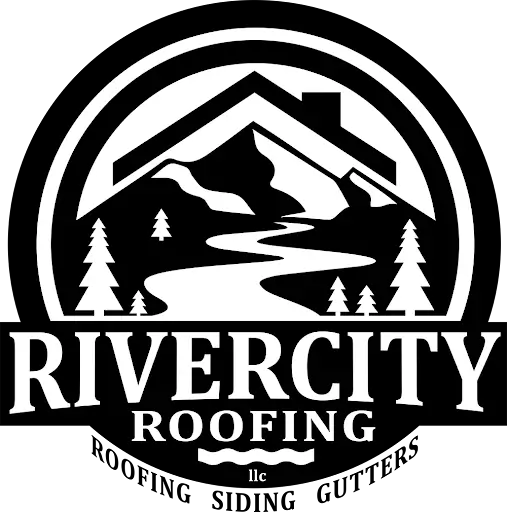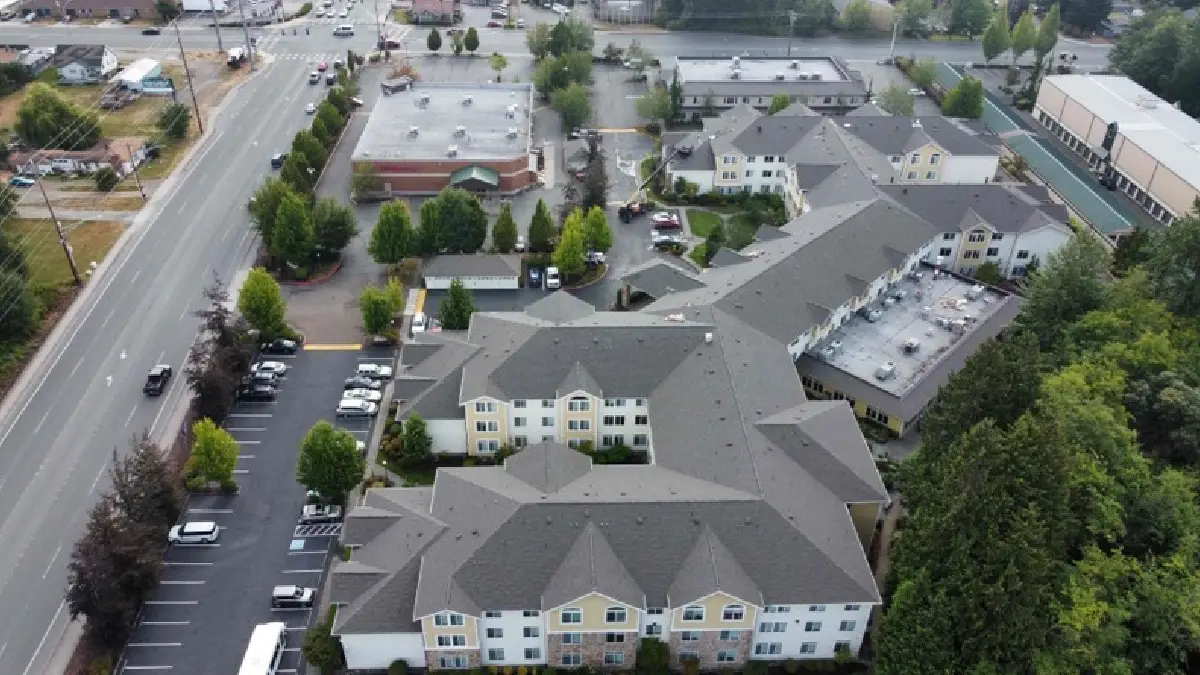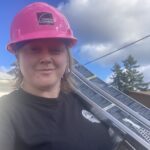A well-installed roof protects valuable assets, ensures employee safety, and contributes to energy efficiency. We at River City Roofing, having 20+ years of experience, know that commercial roof installation is a crucial investment for any commercial building and business. The process involves careful planning, selecting the right materials, and expert execution to guarantee long-lasting results.
In this comprehensive guide will walk you through the key steps of commercial roof installation. From assessing your roofing needs to choosing the ideal roofing system, we’ll cover the entire process. You’ll learn about navigating the installation, ensuring quality, and maximizing the longevity of your new roof. By the end, you’ll have the knowledge to make informed decisions about your commercial roofing project.
Assessing Your Commercial Roofing Needs
Evaluating the Current Roof Condition
A thorough inspection is the first step in assessing commercial roofing needs. This involves examining the roof for punctures, water pooling areas, and sections where rooftop equipment installations have taken place. Particularly for low-slope roofing, it is essential to check for proper drainage and potential ponding water issues. Special attention should be given to weak spots, improperly sealed seams, and areas around HVAC systems. These issues can lead to water leakage and increased vulnerability to wind and hail damage.
Regular inspections, especially after severe weather events like storms or high winds, are crucial. They help detect problems early, potentially saving time and money. Infrared scans can be particularly useful in identifying moisture that isn’t immediately visible to the eye.
Determining Replacement vs. Repair
Patching is often a viable solution for minor leaks and limited damage in a commercial roof system. Various repair options are available, including liquid-applied sealants and materials similar to the existing single-ply membrane. However, if the damage is widespread or the roof has reached its lifespan limit, a full replacement might be necessary.
Consider the following factors when deciding between repair and replacement:
- The age of the roof
- Frequency of past problems
- Extent of damage
- Energy efficiency concerns
- Building’s expected future use
Setting Project Goals and Requirements
When planning a commercial roof project, it’s essential to establish clear objectives. This is particularly important for commercial roof installations, where specific performance requirements and long-term goals must be clearly defined. This includes determining the desired lifespan extension, energy efficiency improvements, and specific performance requirements. For instance, if the building owner aims to extend the roof’s lifespan by 10-20 years and the current condition is good (less than 25% repair needed), a roof restoration through re-skinning or a restorative coating might be an excellent choice.
Additionally, consider factors such as budget constraints, timeline, and any upcoming facility upgrades or new roof penetrations. Early planning and consultation with a trusted commercial roofing contractor can provide valuable insights into costs and logistics, helping to make the most of the facility budget.
Free Roof Inspections. Fast. Reliable.
Is your roof ready to weather the storm? Dont risk property damage. Our free roof inspections provide expert analysis to identify potential issues before they become costly problems.
Selecting the Ideal Commercial Roofing System
Choosing the right commercial roofing system is crucial for long-term protection and cost-effectiveness. Understanding the different types of commercial roofing available can help you make an informed decision. Various factors influence this decision, including material quality, durability, and budget constraints.
Comparing Different Roofing Materials
Commercial roofing materials come in several types, each with unique properties:
- EPDM (Ethylene Propylene Diene Monomer): Known for its durability and resilience, EPDM can last over 30 years.
- Modified Bitumen: A modern version of built-up roofing, lasting 10-20 years.
- Metal Roofing: One of the oldest systems, metal roofs can last 30 years or more with proper installation.
- TPO (Thermoplastic Olefin): With proper maintenance, TPO roofs can last 20-30 years.
- PVC (Polyvinyl Chloride): PVC roofs have an average life expectancy of up to 30 years.
While not as common in commercial applications, asphalt shingles are often used in steep slope roofing systems and offer various grades for different levels of durability and aesthetic appeal.
Considering Longevity and Durability
The lifespan of commercial roofing systems depends on various factors:
- Material Quality: Higher-quality materials generally offer better durability.
- Installation: Proper installation by experienced professionals can significantly extend a roof’s lifespan.
- Weather Conditions: Extreme weather, such as heavy rain and intense sunlight, can shorten a roof’s life.
- Maintenance: Regular inspections and prompt repairs can prevent minor issues from becoming major problems.
Evaluating Cost-Effectiveness
When selecting a roofing system, consider both initial costs and long-term value: The cost of commercial roofing installation can vary significantly based on the materials and methods used, so it’s important to evaluate all factors.
- Material Costs: While some materials may have higher upfront costs, they may offer better long-term value.
- Installation Expenses: Professional installation ensures proper application and can prevent future issues.
- Maintenance Requirements: Some roofing systems require more frequent maintenance, affecting overall costs.
- Energy Efficiency: Certain materials, like TPO, can reflect heat and reduce energy costs.
Navigating the Commercial Roof Installation Process
Obtaining Necessary Permits
Commercial roof installation requires proper permits. Unlike residential roofing, commercial projects often involve more complex permit requirements due to the larger scale and different building codes. Building owners or licensed roofing contractors must apply for these permits before starting work. Structural changes, such as replacing roof joists or decking, always need permits. Even full shingle replacement falls under this category. Failure to obtain permits can result in work stoppages, fines, or even removal of completed work.
Coordinating with Building Occupants
Effective communication with building occupants is crucial for a smooth installation process of commercial roofs. Property managers should inform tenants about the upcoming project through various means, including signage, meetings, and memos. This helps manage expectations and ensures safety. Contractors should provide a detailed schedule, or ‘building flow,’ to property managers, allowing them to communicate with affected tenants about potential disruptions.
Managing Timeline and Expectations
To manage timelines and expectations effectively: This is particularly important for low slope roofs, where weather conditions and material availability can significantly impact the project timeline.
- Develop a realistic project timeline, considering factors like weather constraints and material availability.
- Implement a system of regular site visits to monitor progress and address issues promptly.
- Use shared calendars to keep all participants informed about schedules, appointments, and deliveries.
- Employ detailed checklists to ensure task completion and maintain quality standards.
- Make job information readily available at the worksite to prevent delays due to lack of information.
- Use automated communications to promptly inform crew members of any schedule changes.
By following these steps, project managers can keep the installation process on track, minimize disruptions, and ensure a successful commercial roof installation.
Ensuring Quality and Longevity in Your New Roof
Importance of Proper Installation Techniques
Proper installation is crucial for the longevity and performance of a commercial roof. Adhering to best practices and standards set by the roofing industry ensures that the installation meets all necessary requirements. It ensures the roof can withstand harsh weather conditions, constant sun exposure, and frequent foot traffic. Correct installation techniques, such as tightly sealing seams and properly layering materials, contribute to the roof’s ability to endure various weather conditions. Additionally, preparing the substrate correctly is essential for the adhesion and performance of single-ply membrane, BUR, and modified bitumen roofing.
Implementing a Regular Maintenance Plan
A regular maintenance program is key to protecting the investment in a new commercial roof system. Proper maintenance can add years to a roof’s life and uncover problems before they cause significant damage. To implement an effective maintenance plan:
- Establish roof information files containing design records, roof plans, and warranty information.
- Conduct periodic inspections, typically twice a year, before severe weather seasons.
- Perform additional inspections after storms or rooftop service calls.
- Identify and log roof problems and necessary repairs.
- Schedule maintenance on immediate, yearly, and multi-year bases.
Regular upkeep, such as keeping the roof clean and clear of debris, is critical for maintaining its integrity and preventing issues that can affect its performance.
Understanding Warranty Coverage
Warranties for commercial roofing systems come in various types, each offering different levels of protection. The most comprehensive is the No Dollar Limit (NDL) warranty, which covers all components of a total roof system without a monetary cap on repairs or replacements. Other options include manufacturer material and labor warranties and material-only warranties. It’s crucial to understand what each warranty covers and excludes. Regular maintenance is often required to keep warranties valid, and unauthorized alterations or neglect can void coverage. By staying informed about warranty terms and maintaining the roof properly, building owners can ensure long-term protection for their investment.
Conclusion
A well-executed commercial roof installation has a significant impact on a building’s longevity, energy efficiency, and overall protection. By carefully assessing roofing needs, choosing the right materials, and following proper installation techniques, businesses can ensure a robust and durable roofing system. Regular maintenance and understanding warranty coverage play crucial roles in maximizing the lifespan of the new roof.
For professional commercial roofing services, reach out to us. With over two decades of experience, we have the expertise to handle all aspects of commercial roof installation, from initial assessment to long-term maintenance. Our team is committed to delivering high-quality results that meet your specific needs and budget constraints, ensuring your business is well-protected for years to come.




Comments are closed